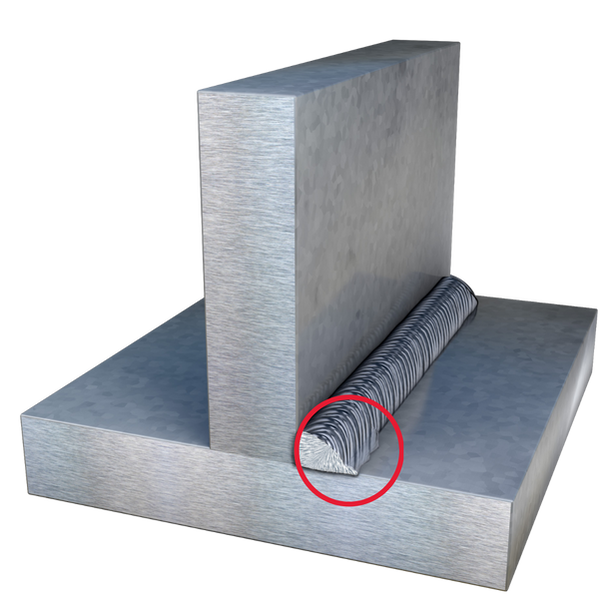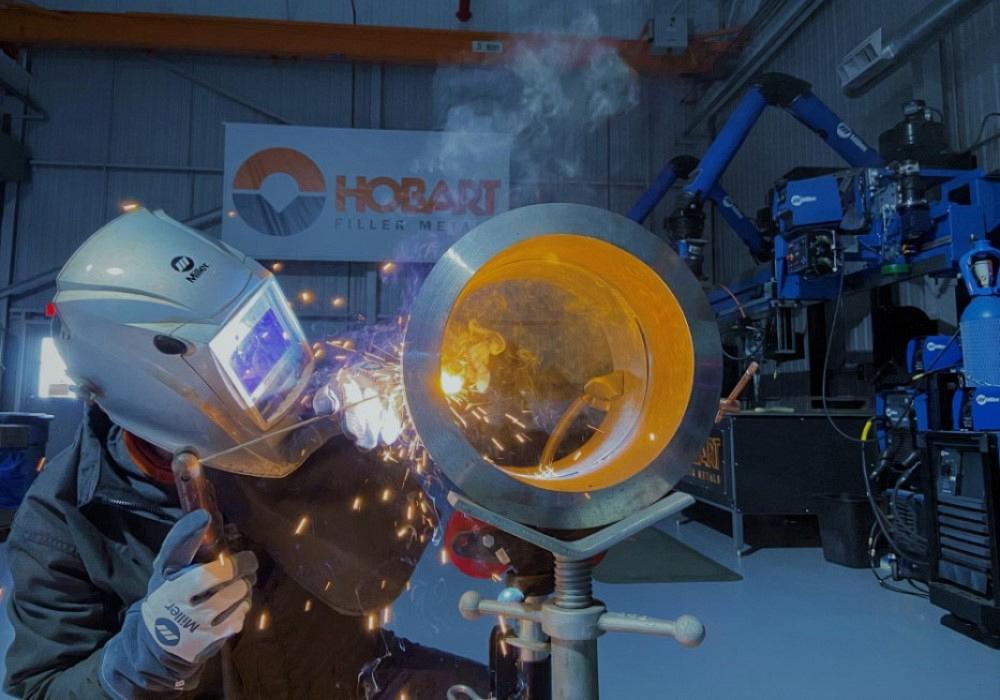Preventing Weld Undercut Made Easy: Key Techniques Introduced
Important Tips for Welders: Preventing Undercut Welding and Ensuring Stronger Weld Joints
In the realm of welding, achieving sturdy and strong weld joints is the cornerstone of creating premium work. One usual difficulty that welders commonly come across is undercut welding, which can endanger the integrity of the weld joint.

Understanding Undercut Welding
Undercut welding is a common welding problem that takes place when the weld steel falls short to properly fill the groove and causes a groove-like anxiety along the weld grain. This problem weakens the weld joint, making it vulnerable to fracturing and failure under anxiety. Damaging can be caused by different aspects, consisting of excessive welding existing, high welding speed, inappropriate electrode angle, wrong electrode size, and bad welding strategy.
Among the primary factors for undercut welding is an imbalance between the welding existing and the welding speed. If the welding current is too expensive or the welding speed is as well fast, the weld metal may not properly fill the groove, resulting in undercutting. In addition, utilizing an electrode that is also huge can cause a similar outcome, as the excess steel can not properly flow right into the groove.
To avoid undercut welding, welders ought to ensure they are using the right welding specifications, keep an appropriate electrode angle, pick the suitable electrode size, and method correct welding methods. By resolving these factors, welders can lessen the danger of damaging and produce stronger, much more trusted weld joints.
Appropriate Welding Technique
Efficient welding strategy plays a crucial duty in making sure the high quality and honesty of weld joints. Appropriate welding technique includes a mix of adherence, accuracy, and skill to ideal practices. One basic element of appropriate welding method is maintaining the appropriate angle and distance in between the welding weapon and the work surface. Welders need to likewise pay very close attention to the traveling speed and warm input to avoid problems like undercutting, porosity, or insufficient blend.
Furthermore, a regular and consistent hand activity is vital for developing solid and resilient weld joints. Welders must intend for smooth, uniform movements to guarantee also distribution of the weld material. Correct adjustment of the welding gun and filler product is likewise vital to achieving optimum infiltration and combination.
Moreover, regulating the heat input and selecting the suitable welding criteria based on the product being welded are vital consider accomplishing premium welds - Preventing weld undercut. Welders must comply with the advised settings supplied by welding treatment specifications and readjust them as needed based upon the certain demands of the task. By mastering appropriate welding techniques, welders can dramatically enhance the toughness and reliability of their weld joints
Selecting the Right Electrode
Preserving the correct angle and distance between the welding gun and the workpiece is basic when considering the importance of choosing the ideal electrode in welding applications. The choice of electrode plays an essential role in identifying the click to investigate high quality and toughness of the weld joint. Electrodes come in various types, each made for particular objectives and products.
First of all, choosing the proper electrode diameter is important. Thinner electrodes are suitable for welding thin products, while thicker electrodes are better for thicker products and higher heat applications. Matching the electrode diameter to the thickness of the workpiece helps achieve a well balanced weld.
Secondly, comprehending the material composition of the electrode is important. Various electrodes are made for welding particular materials like steel, stainless steel, light weight aluminum, or cast iron. Using the correct electrode material makes sure excellent blend and decreases the risk of problems in the weld.
Finally, taking into consideration the welding setting and technique is essential when choosing the electrode type. As an example, certain electrodes are better suited for upright or overhead welding placements, while others function well for level or straight positions. Selecting the appropriate electrode based on the welding technique enhances the overall weld top quality and stability.
Preparing the Base Steel
To make certain a successful welding procedure, what preliminary actions should be taken when preparing the base steel for welding? In addition, any kind of existing weld material or deposit from previous welding should be eliminated to guarantee a clean surface area for here the brand-new weld.

Conducting Post-Weld Inspections

After performing these evaluations, welders should contrast the results against market requirements and project requirements to guarantee that the weld joint meets all essential requirements. Any kind of insufficiencies or deviations found throughout the post-weld evaluation must be quickly attended to via appropriate rehabilitative steps to ensure the weld's integrity. By faithfully executing post-weld evaluations and quickly dealing with any type of issues, welders can maintain the high quality and integrity of their job, ultimately adding to the security and durability of the welded frameworks.
Verdict

Finally, preventing undercut welding and making certain stronger weld joints call for a mix of appropriate welding technique, picking the appropriate electrode, preparing the base steel appropriately, and performing post-weld assessments. By understanding the reasons for undercut welding and carrying out the needed preventative measures, welders can produce top quality weld joints that fulfill industry requirements and guarantee the structural stability of the bonded elements.
Undercut welding is an usual welding problem that takes place when the weld steel stops working to properly load the groove and results in a groove-like depression along the weld bead (Preventing weld undercut). Undercutting can see here now be created by different aspects, including too much welding present, high welding rate, inappropriate electrode angle, inaccurate electrode size, and poor welding strategy
One of the main reasons for undercut welding is an imbalance in between the welding current and the welding rate. If the welding current is as well high or the welding rate is too quickly, the weld steel might not effectively load the groove, leading to damaging.Maintaining the correct angle and range in between the welding weapon and the work surface is fundamental when considering the relevance of selecting the right electrode in welding applications.